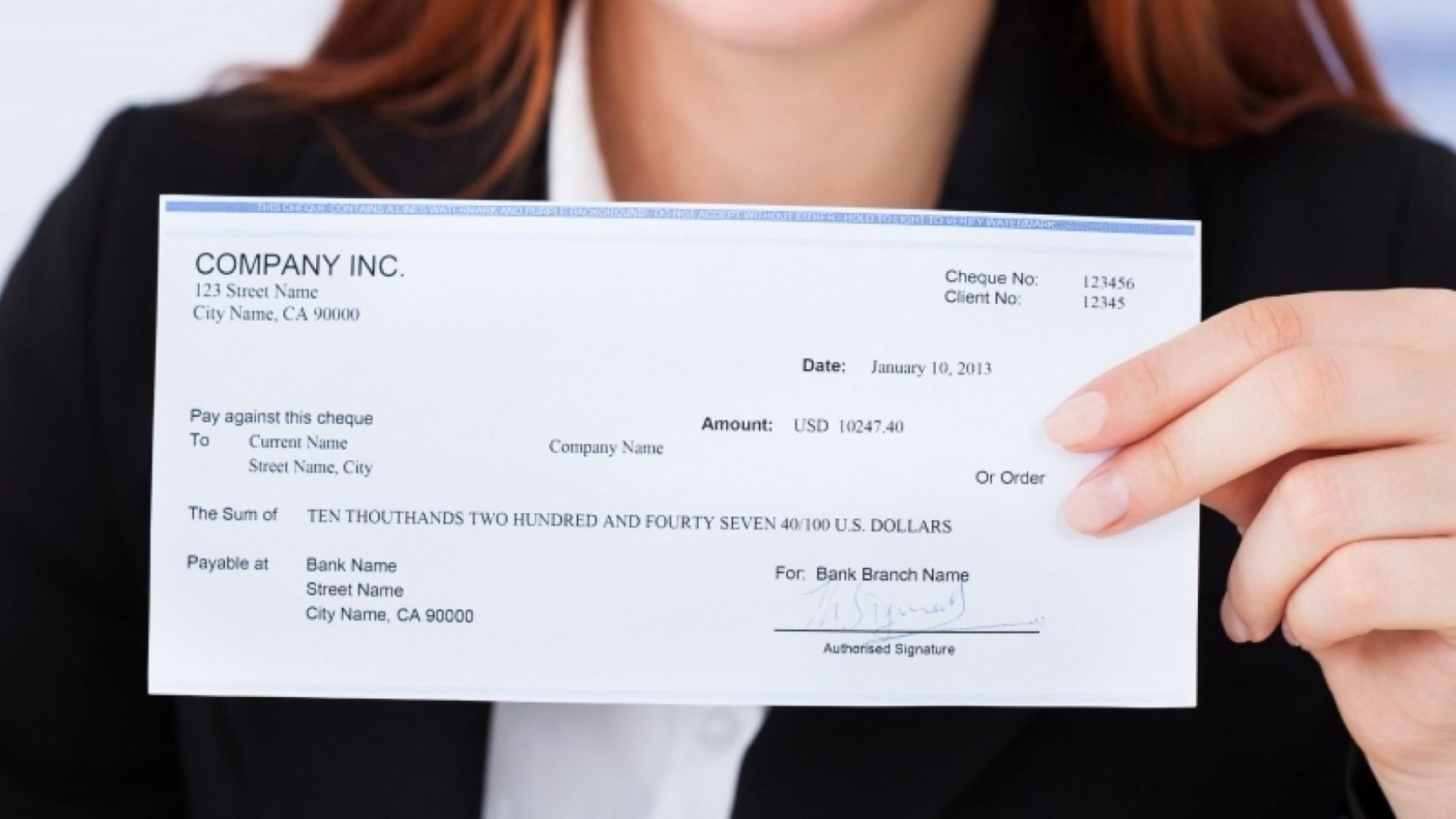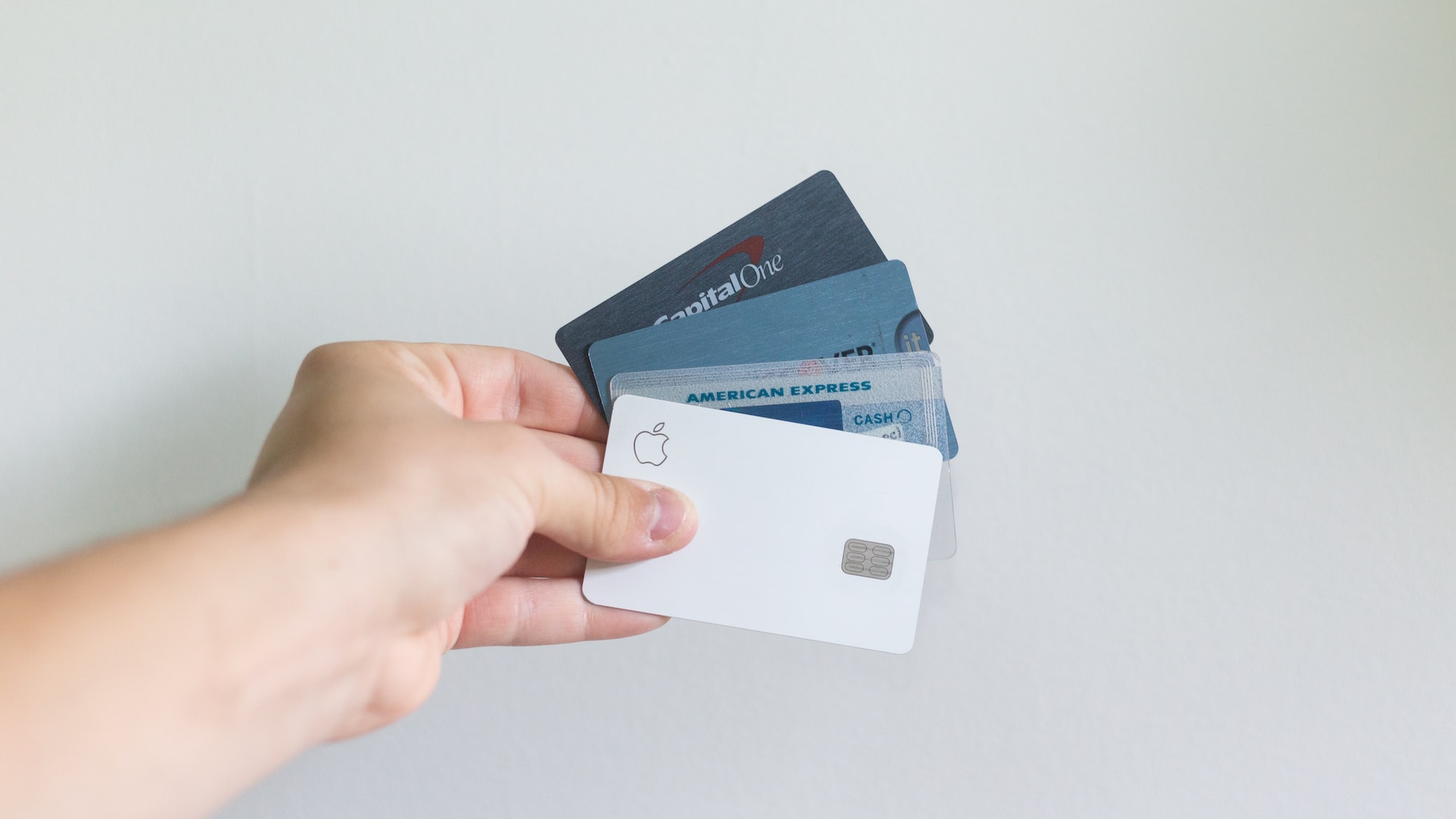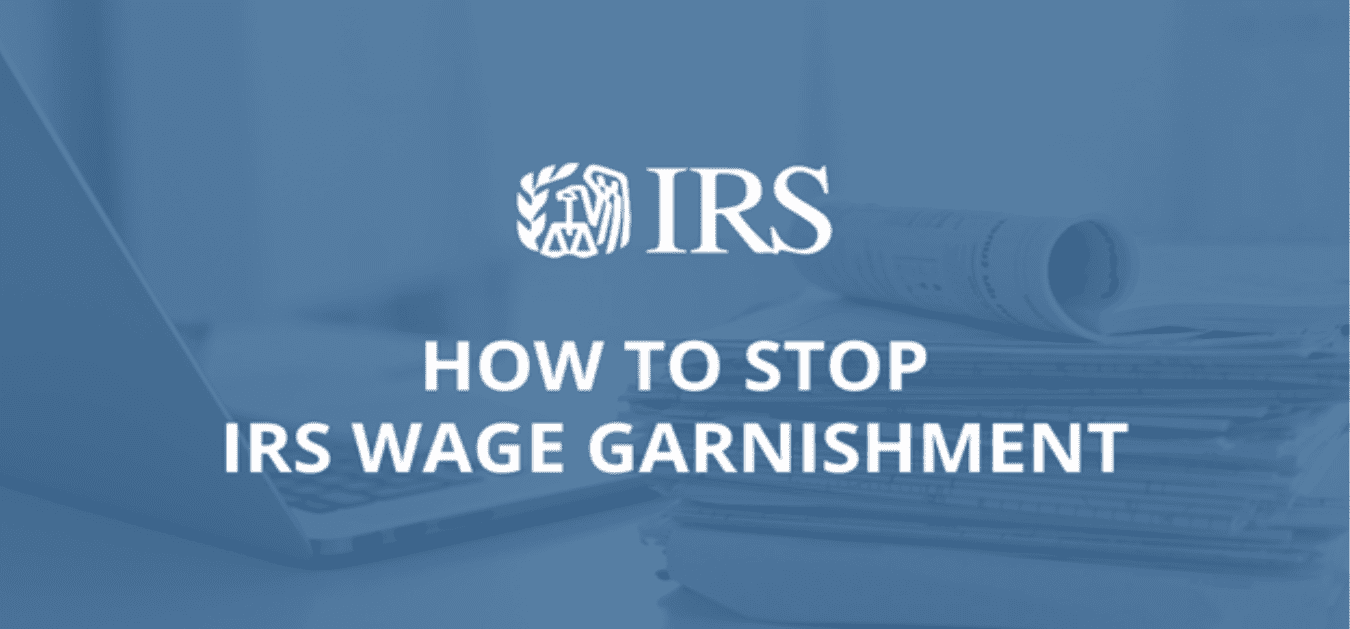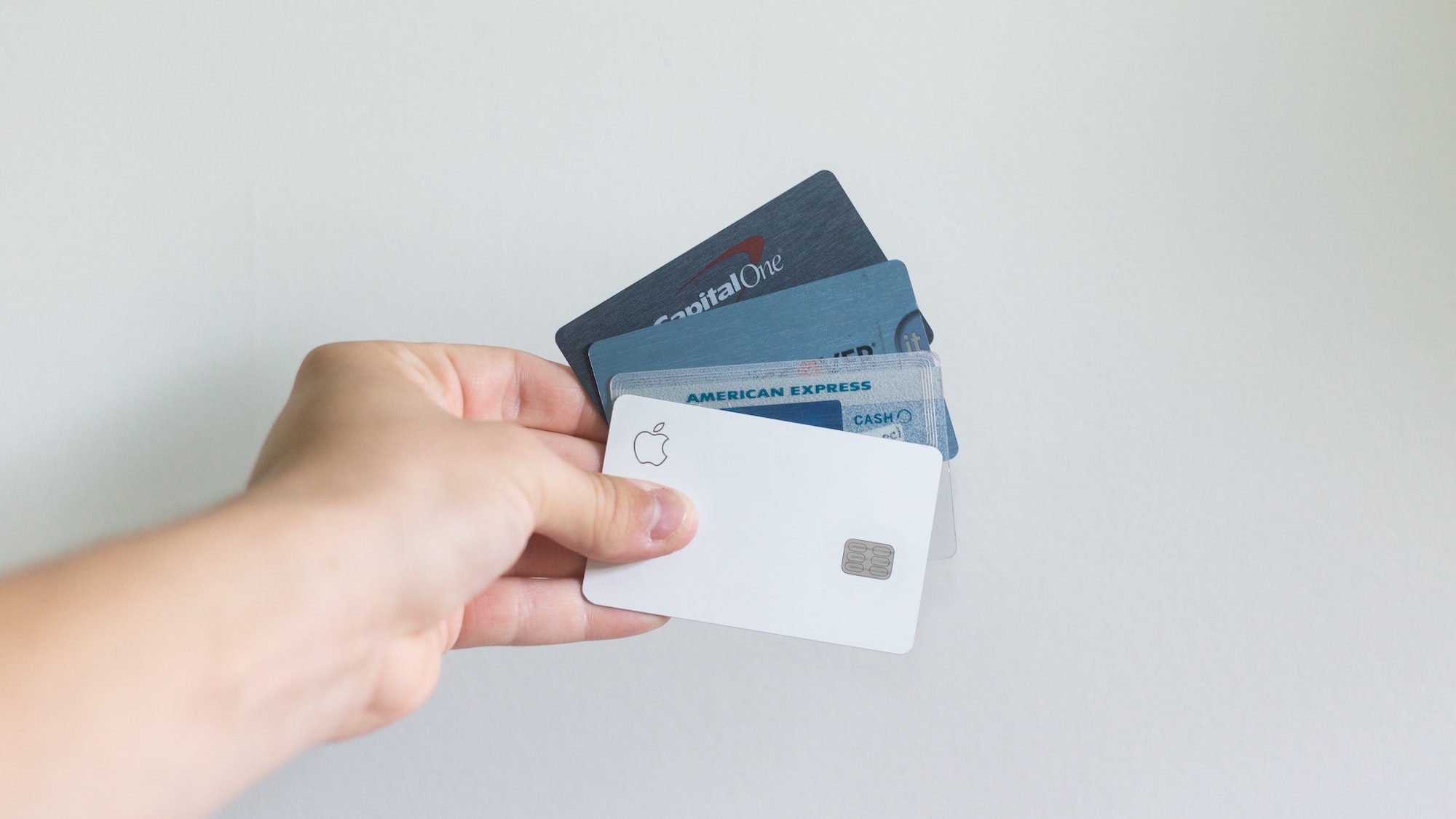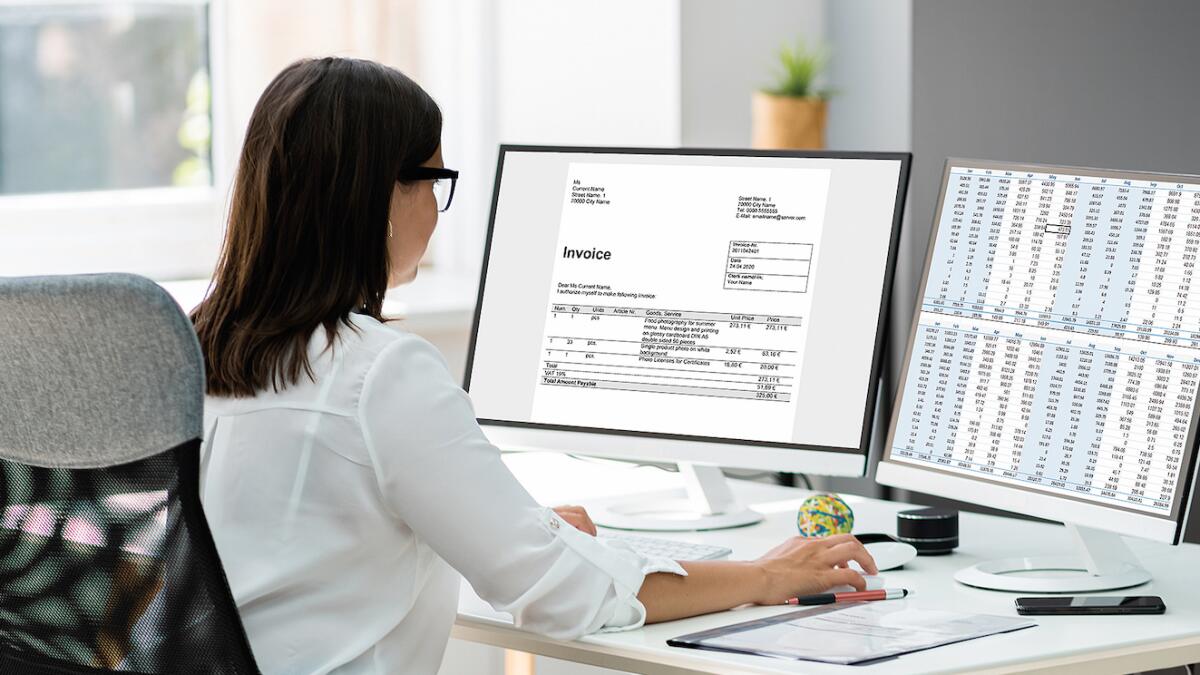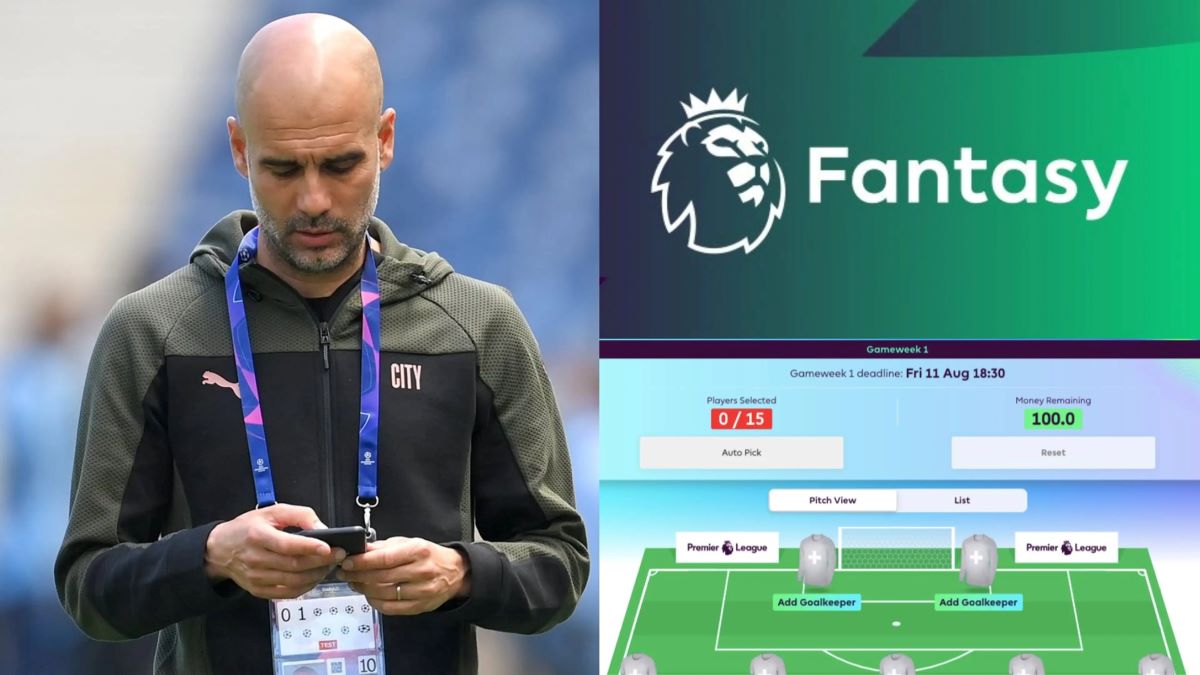Home>Finance>Living Paycheck To Paycheck: Definition, Statistics, How To Stop


Finance
Living Paycheck To Paycheck: Definition, Statistics, How To Stop
Published: December 19, 2023
Learn about the definition and statistics of living paycheck to paycheck in finance. Discover effective strategies to break free from this cycle and regain financial stability.
(Many of the links in this article redirect to a specific reviewed product. Your purchase of these products through affiliate links helps to generate commission for LiveWell, at no extra cost. Learn more)
Welcome to Living Paycheck to Paycheck: Definition, Statistics, How To Stop
Are you tired of constantly feeling stressed about your finances? Do you find yourself anxiously waiting for your next paycheck just to make ends meet? If you answered yes to either of these questions, you may be living paycheck to paycheck. In this blog post, we will delve into the concept of living paycheck to paycheck, explore some alarming statistics, and provide actionable steps to help you break the cycle. Let’s dive in!
Key Takeaways:
- Living paycheck to paycheck is a financial situation where an individual or a household relies on each paycheck to cover their immediate expenses, leaving little to no savings or room for unexpected costs.
- Living paycheck to paycheck affects millions of individuals and families around the world, causing financial stress, limited opportunities, and a lack of financial security.
The Definition of Living Paycheck to Paycheck
Living paycheck to paycheck is a financial condition where individuals or households rely on each paycheck to cover their immediate expenses, leaving little to no savings or room for unexpected costs. It can be a result of various factors, such as low wages, high living costs, excessive debt, or a lack of budgeting skills.
Living paycheck to paycheck can be a vicious cycle, where a person’s income barely covers their basic needs, such as housing, utilities, groceries, and transportation. Any unforeseen expenses, such as medical bills or car repairs, can throw their entire budget off balance. This constant financial stress can have a significant impact on both mental and physical well-being.
The Alarming Statistics
The number of individuals living paycheck to paycheck is staggering. Let’s take a look at some eye-opening statistics: *
- According to a recent survey by CareerBuilder, 78% of full-time workers in the United States are living paycheck to paycheck.
- In the UK, a study conducted by the Centre for Economics and Business Research found that one in three British households are living paycheck to paycheck.
- In Australia, a report published by the Australian Housing and Urban Research Institute revealed that over 60% of low-income households are living paycheck to paycheck.
These statistics highlight the widespread nature of this issue and the urgent need to address it and provide solutions to those affected.
How to Stop Living Paycheck to Paycheck
Breaking free from the cycle of living paycheck to paycheck requires commitment, discipline, and a strategic approach. Here are some practical steps you can take to regain control of your finances:
- Create a Budget: Start by tracking your income and expenses to gain a clear understanding of where your money is going. Designate a specific amount for each category and stick to it. Prioritize essential expenses and cut back on non-essential ones.
- Build an Emergency Fund: Set aside a portion of your income each month to create an emergency fund. This fund will provide a safety net for unexpected expenses and help to break the cycle of living paycheck to paycheck.
- Seek Additional Income: Consider exploring ways to increase your income, such as taking on a side job or freelancing. Use the extra income to build your emergency savings or pay off debt.
- Reduce Debt: High-interest debt can be a major obstacle to financial stability. Focus on paying off your debts systematically, starting with those with the highest interest rates. Explore options such as debt consolidation or negotiating with creditors to lower interest rates.
- Invest in Your Financial Education: Improving your financial literacy can empower you to make informed decisions about your money. Explore resources like books, podcasts, or online courses to expand your knowledge and develop your financial acumen.
Remember, breaking free from the paycheck to paycheck cycle is a gradual process, but with determination and perseverance, you can achieve financial stability and peace of mind. Take the first step today!
Thank you for joining us in this exploration of living paycheck to paycheck. We hope this blog post has provided valuable insights and actionable steps to help you on your journey towards financial freedom. Stay tuned for more informative content on our Finance category!
*Source: The statistics mentioned in this blog post are based on the latest available research at the time of writing. Please refer to official sources for the most up-to-date information.
